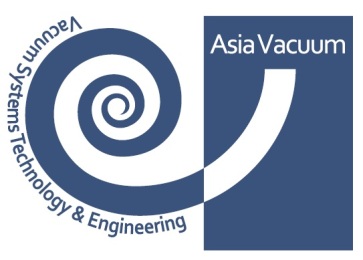[fsn_row][fsn_column width=”12″][fsn_text]
The side channel blower is a side-channel blower carried by a tight, rotating fan through a narrow, close pump house with high-velocity air or gas. The channel pressure resists the turbulent flow of the radial channel. Using this method, the side channel blower is able to create differential pressure between the inlet and outlet. As the internal pressure increases, the drive load increases, depending on the resistance of the system. With this principle, the side channel blower can be used in a larger range with a pressure difference of up to 700 mbar or 70 kPa. The drive is valued as an asynchronous squirrel cage engine. The motor is assembled with various other components of the side channel blower.The motor bumper at the end of the drive is a combination of a half pump house. There are also models with a V-belt coupling or drive. For more information on this, please refer to the product page for remote channel side channel blowers.
What are the side channel blowers or conventional side channel blowers like:
As the pressure increases, the side current of the blower channel decreases. The required power in the shaft and the discharge temperature increase simultaneously. Hence, the maximum performance of the lateral channel blower is limited due to the motor power and the maximum acceptable discharge temperature. The nominal load of the motor usually specifies the maximum acceptable pressure and ambient temperature. This allows an acceptable operating range with a specified frequency to be located on the side channel blower data plate.
Speed control function with side channel blower:
By controlling the speed, energy consumption can be optimized and the operational area can be significantly expanded. In many applications, a pressure set in a variable capacity or flow is eligible. By simply adjusting the pressure, the capacity can be adjusted according to need. A PID function is integrated in many frequency drives. Direct side channel blowers are controlled by an asynchronous RPM squirrel cage motor with a frequency drive, also called a frequency converter. This allows both the frequency and the voltage to be controlled by a manual input, a control system or a communication bus.
It is also possible to eliminate a large part of the motor protection with a frequency drive. Frequency drive with IP55 or IP66 housing does not need to be enclosed. Without confining, the number of system components is limited to a minimum, installation is simplified and cooling problems are avoided. Ask our sales team for more information. The operating range of a frequency drive is regulated by the limitations of the lateral channel blower. To ensure proper performance under any circumstances, it is important that all frequency specifications are established based on operating points. Compression heating significantly affects the lateral channel blower performance.
Within the fixed frequency characteristics range, you will have a stable operation that prevents amplification (increase and stop). Extensive Dutair documentation contains current frequency, temperature and power specifications based on workstations. Flow characteristics are expressed with high accuracy in Nm3 / h. This allows you to ensure performance by controlling the speed. Dutair data sheets can be found on the product pages “Dutair Side Channel Blowers”, “ATEX Blowers” and “Remote Drive Side Channel Blowers”.
Electronic Air Systems (Blowers Side Channel):
Side channel blowers, known as vacuum pumps or vacuum compressors, can generate significantly higher pressures than industrial fans. However, a side channel blower produces less airflow than centrifugal fans. The principle of operation of vacuum pumps has its own technology: air is sucked through a fast impeller. After this, the blower air of the side channel is pressed by the centrifugal force and compressed outwards. It flows from the side channel to the inside of the vacuum blower and is pressed again between the other two blades. The second compression enables the pumps to produce significantly higher differential pressures.
Application Principles (Blowers Side Channel):
Liquid aeration
Dry blowing
vacuum cleaner
Point suction
Air sealing
Blowing material
Aeration of biological processes
[/fsn_text][/fsn_column][/fsn_row]
